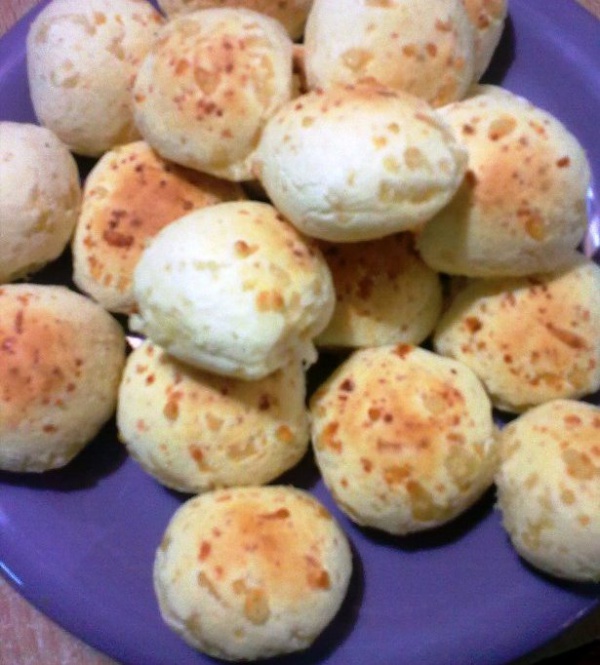Facts About Chipa
Chipa is a cherished snack and breakfast staple in Paraguay, renowned for its delightful, small, baked, cheese-flavored rolls. This appetizing treat boasts a rich history dating back to the 18th century, with roots in the indigenous Guaraní people. Due to its affordability, chipa is commonly sold by street vendors and even on buses.
The name "chipa" originates from the Guarani language, and variations of it can be found in Bolivia and Argentina as well. In the Guarani region, chipa has been savored since ancient times, with the earliest versions made from just cassava starch and water. However, the recipe evolved over time with the introduction of new ingredients like cheese and eggs brought by colonists and missionaries.
In Paraguay and Northeastern Argentina, you frequently encounter chipa sold as small doughnuts or buns, known locally as chipa'í or chipacitos. These bite-sized delights are especially popular in urban areas. One of the advantages of chipa is that it does not contain yeast, allowing it to stay fresh for several days.
Chipa is indispensable during religious celebrations and comes in various forms, each with its unique ingredients and preparation methods. Some popular variations include chipa caburé, chipá mbocá, chipa so'ó, chipa manduvi, chipa avatí, and chipa rora. Each version offers a distinct twist on this traditional favorite, making chipa a versatile and treasured part of Paraguayan cuisine.

 Brazil
Brazil